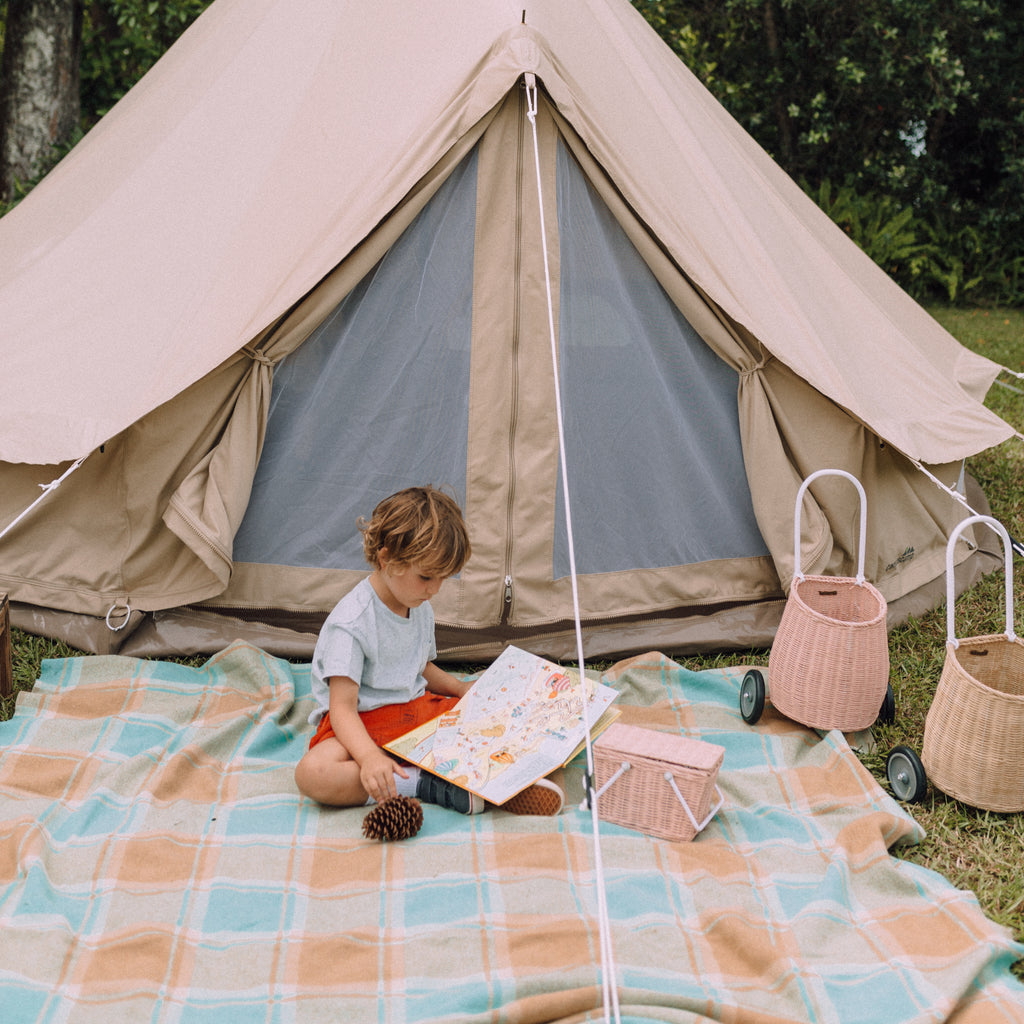Jargon Buster: Schemas
Does your little one constantly put things in bags and carry them round? Do they enjoy putting things in drawers and taking them out? Or maybe they always drop things on purpose, including food from their high chair. If they are repeatedly doing the same actions, it’s likely that they are developing a schema. It may seem frustrating at times, but the best thing is to encourage them by finding different ways they can explore the same action. Eventually, they will move on to another area of their learning.
What’s a schema?
A schema is a repeated set of actions that helps young children understand how the world works. This repetition and pattern of behaviour is building up connections in their brain; all part of the learning process.
Why is it important to know about schemas?
If you watch your child’s behaviour and you notice they are going through a particular schema, such as ‘enclosing’, you can offer them other opportunities to practice that set of actions. For example, you might notice that they enjoy being in a tent, then another time, you find them in your bedroom cupboard. If this is part of the ‘enclosing’ schema, they might also enjoy wrapping things up in a scarf or paper, playing with Russian dolls, hiding in a cardboard box, making pies or sandwiches or putting food in a range of storage containers.
Typical schemas
Here are some typical schemas together with examples of our open-ended toys and resources that your child will enjoy no matter what stage they are at:
Trajectory - movement of the child or objects in vertical, horizontal or diagonal directions. They might enjoy throwing balls or pom poms, watching a feather drift to the ground, or making paper aeroplanes and flying them.

Transporting - moving items from one place to another. Baskets, prams, trolleys or trains would be brilliant to encourage this schema.

Enveloping - children may wrap themselves or other things up in paper or cloth. They will also enjoy painting a whole sheet of paper in one colour or dressing up.

Enclosing - this is about organising spaces and things and children may enjoy playing in tents or creating boundaries for themselves in a corner of their room, with cushions or furniture.

Rotation - if your child is obsessed with their spinning top or wheels, they may be developing the rotation schema which is about things going round and round. They may enjoy the feeling of being spun in circles or rolling down a hill.

Watching children play and noticing what they enjoy doing, even if it is the same thing over and over, will help you offer them a similar, connected activity to develop their learning.
You can find out more information in Professor Cathy Nutbrown’s article here: https://www.sheffield.ac.uk/polopoly_fs/1.441757!/file/Schemas.pd
Or by following this link:
http://www.flyingstart.uk.com/wp-content/uploads/2014/08/Schema.pdf